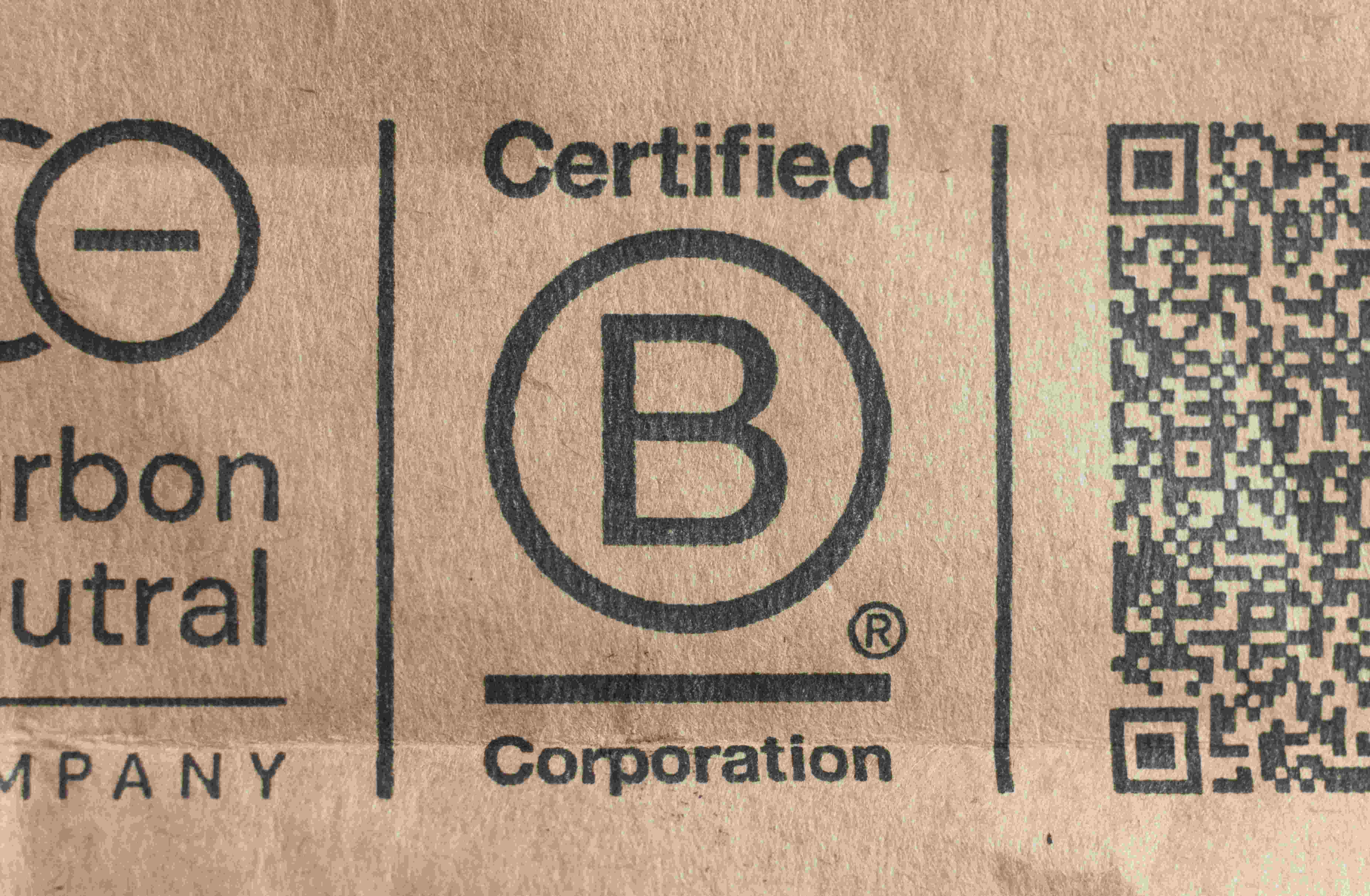What is a Design Sprint? | Day 3: Ideate
Day 3: Ideate
In this article, we will take a deeper dive into the third stage of a design sprint. You will learn how to brainstorm ideas for your service or product. This is part 4 of 6 of the “What is a Design Sprint?” series.
Not in the right section? Use our directory to get to the right spot:
- Summary of a design sprint.
- Empathize with users.
- Define the long term goal.
- Prototype the solution.
- Test the prototype with users.
Get Crazy with Sketches
Using the several ideas that were brainstormed yesterday, select the strongest solutions and sketch them out. Have a rough sketch of several solutions to build off of during this stage. After having some ideas visualized, try to create eight different variations in eight minutes. This is known as the “Crazy 8 Method.” You can do this method for all ideas that were roughly sketched out previously to have more ideas to work with later.

If you are on a team, each sprinter should be given roughly three minutes to present their ideas. The team then votes for the three most compelling ideas. The goal with this vote is to remove sketches that are not helpful for the targeted audience or that are not technically feasible. Keep in mind that the team is NOT selecting a final solution during this process.
Now, each team member selects their preferred solution or even combines solutions and draws a detailed end to end solution for the problem. This is known as the “Solution Sketch.” This process will be helpful for the next day when the sprinters will present their solutions one last time since it will be put up for a final vote.
Present Ideas
On the third day, it is time for you and the team to select the best solution that achieves the long term goal. However, the process first starts with voting for solutions that will NOT be the final product or service. This facilitates internal discussions and critiques of the sketches made and allows the team to improve upon those existing solutions. Each team member presents their detailed solution from the previous day. It is important to go through each proposal and have each team member critique at least one solution that is not their own to address possible concerns and benefits.

A method to incorporate in this process is by using Heatmap Voting. Each team member is given an unlimited amount of stickers, representing a vote, and they place it on specific features in the solution sketch to show which features the team as a whole think are worth prototyping. This process is done quickly, usually no more than five minutes.
Constructive Feedback
After presentations, take some time to address any underlying assumptions made by the solutions presented. Turn these assumptions into questions, and pick three questions for the team to answer with this design sprint. For example, if a solution has a chatbot feature on the website, it assumes that people do not want to interact with a human. The question then will be “Would someone rather talk to a human than a robot?”.

Vote for the Best Idea
The next step is to vote for the best solution to base the prototype on. There are many ways to do this process: Dot Vote, Silent Review and Vote, Decision Matrix, and Rumble or All-In-One. For a Dot Vote, each sprinter is given three votes, represented by three stickers, to place on their preferred solution. If your team usually follows the lead of the loudest team member, using the Silent Review and Vote is helpful. This method requires each solution to be detailed enough to stand alone without further explanation, avoiding presentations being a factor in the selection of the solution. Each team member then uses their three votes to select their preferred solution, like with dot voting.

If the team cannot reach a clear consensus on the solution, it is recommended to then incorporate a Decision Matrix. This helps the team take into account specific criteria that are most useful to the design sprint, such as achieving the long term goal. Usually, it is a simple table that compares user impact versus implementation effort. Remove any low impact ideas and vote again. Another method to consider is the Rumble or All-In-One. The team votes on either combining the winners into a single prototype (All-In-One) or developing two different ideas to test against each other (Rumble).
In Summary…
Deciding on one idea to build out for the next stage is hard. By allowing team members to sketch out solutions, present their ideas, and provide constructive feedback, it is easier for the team to come to a consensus. Sketching out ideas through the Crazy 8 method or the Solution Sketch method allows each sprinter to present their ideas visually. Voting can be done through a Dot Vote, Silent Review and Vote, Decision Matrix, and a Rumble or All-In-One. Once voting is finished and you have your final idea, you are ready for the next stage.
Next Steps
If you are interested in the details of the next stage, continue reading with the next blog post in our series, the fourth stage of the design sprint: prototype the solution.



.png)


